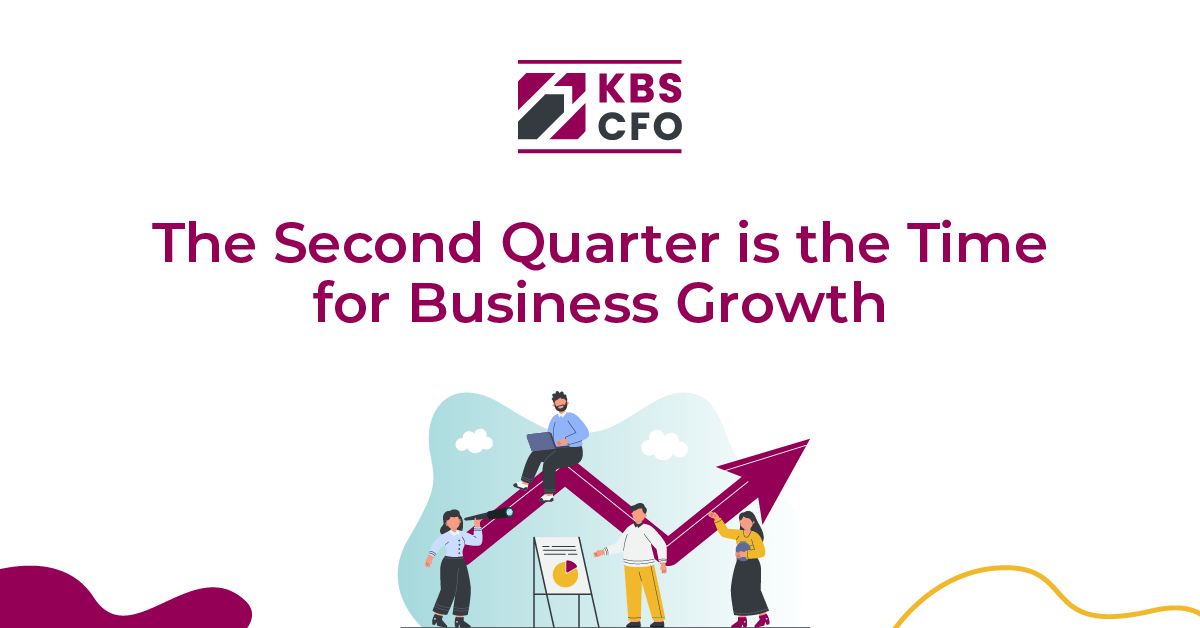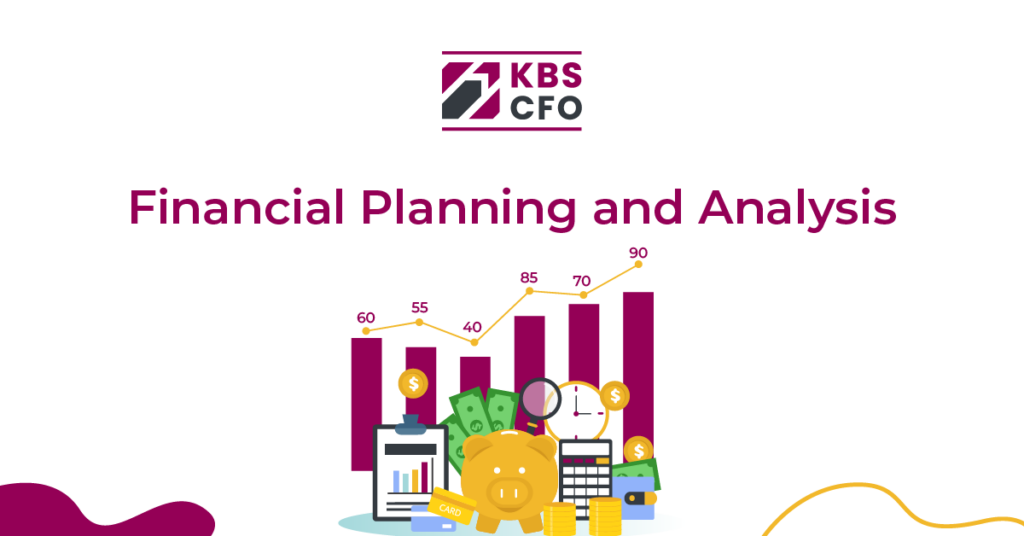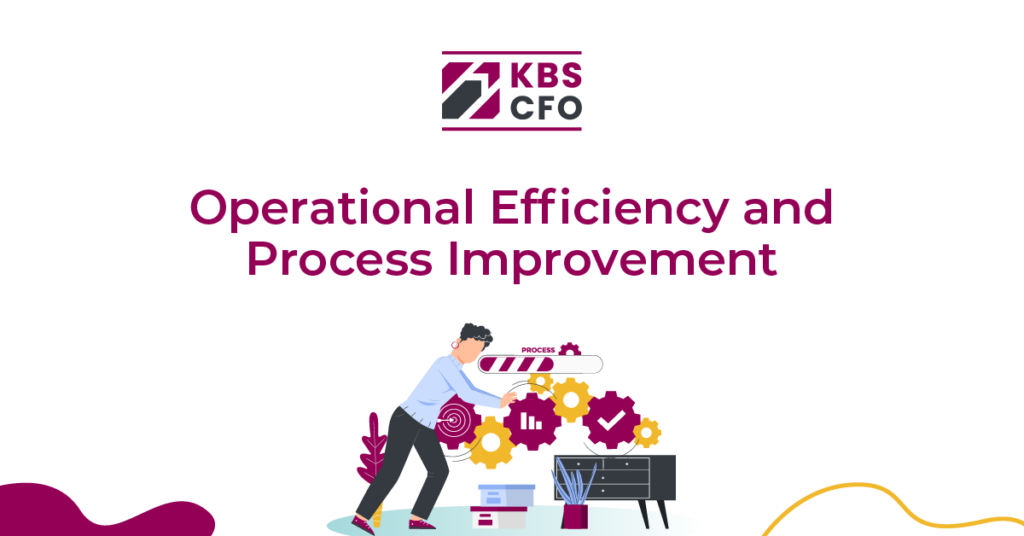Blog

The Second Quarter is the Time for Business Growth
The first quarter is a very busy time of year for those of us in the accounting world. It is well known that tax accountants are overextended and up to their eyeballs in preparing and filing income tax returns for their clients from January until April 15th. But it’s also a busy season for CPAs, CFOs, and CAOs like me.
Our business clients have taxes, too, and we are actively involved in facilitating their filing with their tax accountant. But well beyond that, the first part of the year is a time when we are helping them forecast cash flow, get their records and systems in order, and identify any obstacles that may be hurting the sustainability or scalability of their business.
One of the pivotal roles we play as CPAs, CFOs, and CAOs is to anticipate what is coming for our business clients and help them see around corners. But it’s hard to look ahead when you’re in the weeds.
The first quarter dust (or is that pollen?) has settled. Spring is here and change is in the air. Growth is happening all around us, so we embrace that in our businesses, too. The second quarter is the time for change.
Now is the time that we help our business clients make changes that will support the growth plans they have not only for the second quarter, but for the remainder of the year.
There are three areas of focus we help our business clients zone in on to support their growth goals and scale strategically in the second quarter:
- Financial Planning and Analysis (FP&A)
- Operational Efficiency and Process Improvement
- Marketing and Sales Strategy
Just like a gardener who wants to plant seeds now to get the juiciest tomatoes by summer, by prioritizing these areas of focus, we help our clients position themselves for sustainable growth and success. Here’s how.
Financial Planning and Analysis

The first step towards plotting the path to growth is to look at what our client’s have done so far this year, pulling out any weeds that could choke out the seeds they intend to plant and making sure their soil is good and fertile to support new growth.
We conduct a complete financial analysis of their first quarter performance looking for areas of weakness and strength. Key performance indicators (KPIs) come keenly into play here. Revenue growth, profit margins, cash flow, and customer acquisition costs are calculated and reviewed.
We take all that we’ve learned in the analysis to develop a revised budget and forecast for the remainder of the year. This allows us to adjust revenue targets, expense allocations, and investment plans based on what’s happening with current performance and what we need to support growth projections.
From there, we can look at a variety of different growth scenarios and assess their potential impact on the sustainability of the business. This is the way to make informed decisions about resource allocation and investment priorities to scale the business strategically.
Only a weed-free garden with fertile soil will grow and bear fruit. The same is true for every business.
Operational Efficiency and Process Improvement

Tending a garden requires effort and attention but there are ways to make the work more efficient and effective, too. Yes, your plants are going to need water but a sprinkler system will do a better job and not require you to hand fill a watering can over and over. We can carry this metaphor into how we help our business clients keep things running more reliably with less hands-on effort on the operations side of things.
We take a look at the existing business processes and identify opportunities for streamlining operations and reducing costs. This could involve integrating tech solutions, automating repetitive tasks, renegotiating supplier contracts, or reorganizing workflow structures.
To make sure the changes we implement are actually working, we put metrics and benchmarks in place to track the performance of the new processes. These targets not only give us real data to see what’s working and what’s not, it keeps the client and employees focused on where the business is going.
Getting back to our springtime metaphor, these efforts make tending the garden more efficient and help it produce more, too.
Marketing and Sales Strategy
All the work we’ve done to help our clients cultivate their garden will be of no use if their customers don’t know that they have the tastiest tomatoes in town. We have to take a look at what the business is doing to attract customers and generate revenue.
This requires a review of the business’s marketing and sales strategies and making refinements to them that better align with growth objectives. This could look like analyzing customer demographics, identifying market trends, and peeking over the neighbor’s fence at their garden to get a view of the competitive landscape.
We help them see what marketing channels are creating the best returns and allocate resources towards those and conversely, help them steer away from those that are not yielding results. Digital marketing initiatives, targeted advertising, or strategic partnerships can be explored for viability and impact.
On the sales side, we focus on customer retention and loyalty programs to maximize lifetime customer value. We help them implement strategies that enhance the customer experience, encourage repeat purchases, and generate positive word-of-mouth referrals. This could look like a subscription or membership-based program that not only keeps customers engaged with the business, but has the added bonus of giving us the ability to more accurately forecast cash flow.
Spring time is the perfect time of year to make changes that will spur growth, strategically and intentionally. Do you have growth goals for your business? KBS CFO can help. Contact us today to see what seeds we can plant together today to bear more fruit in your business this quarter and beyond.
